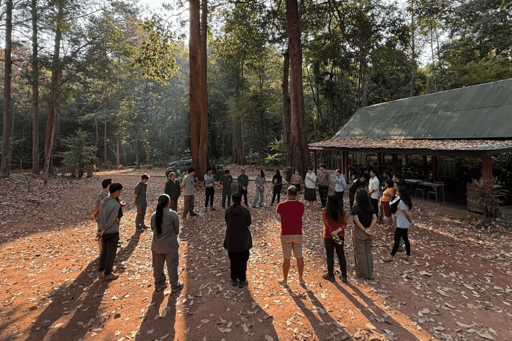In a meeting room in a head office in London, a handful of early-career conservationists from around the world sat in a circle on the floor to share their challenges of working in conservation. The conversation was sobering. From affording everyday bills, juggling multiple unsecured jobs and dealing with burnout to harassment in the field, threats by extractive industries and abduction by narcotic gangs, the breadth of burdens on these young emerging leaders was astonishing. After three more similar workshops hosted by the project I lead — the Zoological Society of London’s (ZSL) EDGE of Existence program — and fast-forward a year, my inbox holds 1,700 applications for our annual fellowship call, a bewildering demand for perhaps 10 places and all for roles that encounter the burdens described in the workshops. This kind of demand is not unusual; I’ve heard similar ratios for other fellowships and small grant schemes. In the same month, numerous blows to funding pipelines for organizations, both large and small, worldwide, have surfaced. Now, like many others, we find ourselves facing a sharp juxtaposition: an overwhelming demand from talented, dedicated teams working on urgent conservation projects that are ready for implementation, contrasted with decreasing, fragile and unpredictable upstream funding. Many young conservationists like Lucero Vaca, shown here conducting a jaguar study, have struggled to make a career in the sector, yet as she told Mongabay in 2017, “If we stop underestimating people based on their age and [help] young conservationists [carry] out their innovative ideas, we…This article was originally published on Mongabay
From Conservation news via this RSS feed


